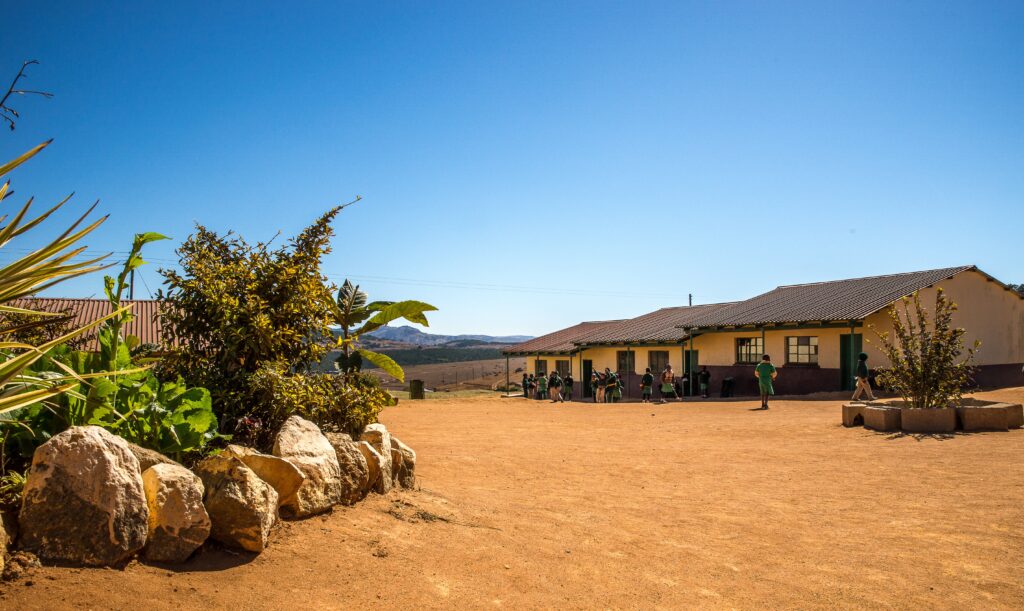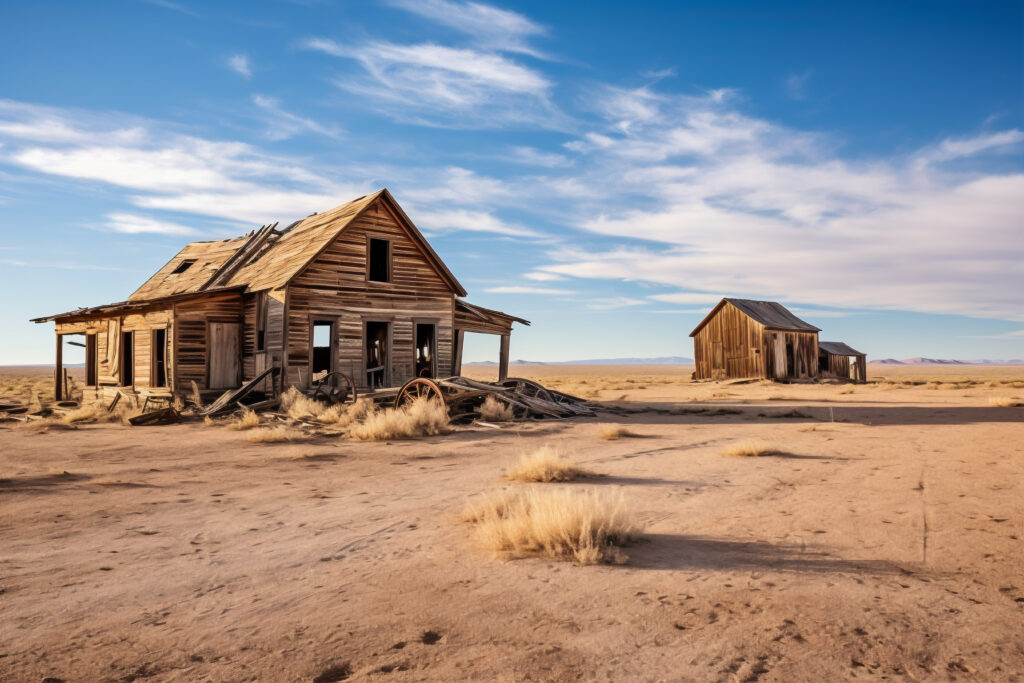There are places where history whispers, and there are places where history screams in silence. Deep within the desert lies a forgotten village buried in sand, once alive with voices, colors, and dreams—but now consumed by nature’s endless march. The sight is both breathtaking and unsettling, as if the earth itself chose to erase a chapter of human existence.
A Village Full of Life – Once Upon a Time
Imagine narrow lanes filled with children’s laughter, markets buzzing with traders, and families gathering under lanterns at dusk. The forgotten village was once a thriving community—its people skilled in trade, farming, and craftsmanship.
Caravans traveling across deserts would often stop here, bringing news, goods, and stories from faraway lands. The village was a crossroad of cultures, a place where life flourished despite the harsh desert sun.
But slowly, the same desert that gave it identity turned into its greatest enemy.

Swallowed by Sand
The tragedy of this village wasn’t sudden—it was slow and merciless.
- With every sandstorm, homes were buried deeper.
- Wells began to dry, forcing women to walk farther for water.
- Roofs collapsed under the weight of drifting dunes.
- Families abandoned their houses, leaving behind belongings that still lie beneath the sand today.
The wind carried not just dust, but also the last breaths of a dying village. When the last family left, silence fell—and never lifted again.
Today, explorers find doors half-covered, staircases leading to nowhere, and walls standing like ghosts in the middle of dunes.
Why Did the Village Disappear?
Historians and locals tell different stories:
- Climate Change: The desert expanded, storms grew stronger, and living became impossible.
- Lost Trade Routes: Once-busy caravan paths shifted, leaving the village isolated and forgotten.
- Water Scarcity: Wells turned to dust; without water, survival was doomed.
- Folklore & Fear: Some legends speak of a curse—that spirits drove the villagers away, leaving their homes to be claimed by sand.
Whether science or superstition, the truth remains: the desert won.
The Beauty of Silence
Standing in this forgotten village today feels like stepping into another world.
- Footprints vanish in minutes as winds erase every trace of visitors.
- Doors creak in the silence, though no one opens them.
- The dunes shift constantly, uncovering fragments of clay pots, fabrics, or wooden beams—tiny reminders of the lives once lived here.
Photographers describe it as a ghost world, where beauty and tragedy exist together. Historians call it a time capsule, perfectly preserved by sand. Travelers say it feels like walking inside a dream—one you don’t want to wake from.
Lessons Buried Beneath the Sand
The forgotten village is not just ruins—it is a message:
- Nature always reclaims: No matter how strong our buildings, the earth eventually takes them back.
- Survival depends on balance: Ignoring the environment can turn prosperity into dust.
- Stories outlive stones: Even when walls collapse, stories continue to breathe through whispers of wind and grains of sand.
It forces us to ask: Will our modern cities also one day become buried beneath time, like this village?

Conclusion
The forgotten village buried in sand is more than just an archaeological wonder—it is a mirror. It shows us that every empire, no matter how mighty, can disappear without a trace. What remains are only silent ruins and unspoken lessons.
As the desert winds continue to shift, the village slowly reveals and hides itself, like a secret it cannot fully keep nor fully share.
Perhaps that is its greatest truth: we are temporary, but the earth is eternal.